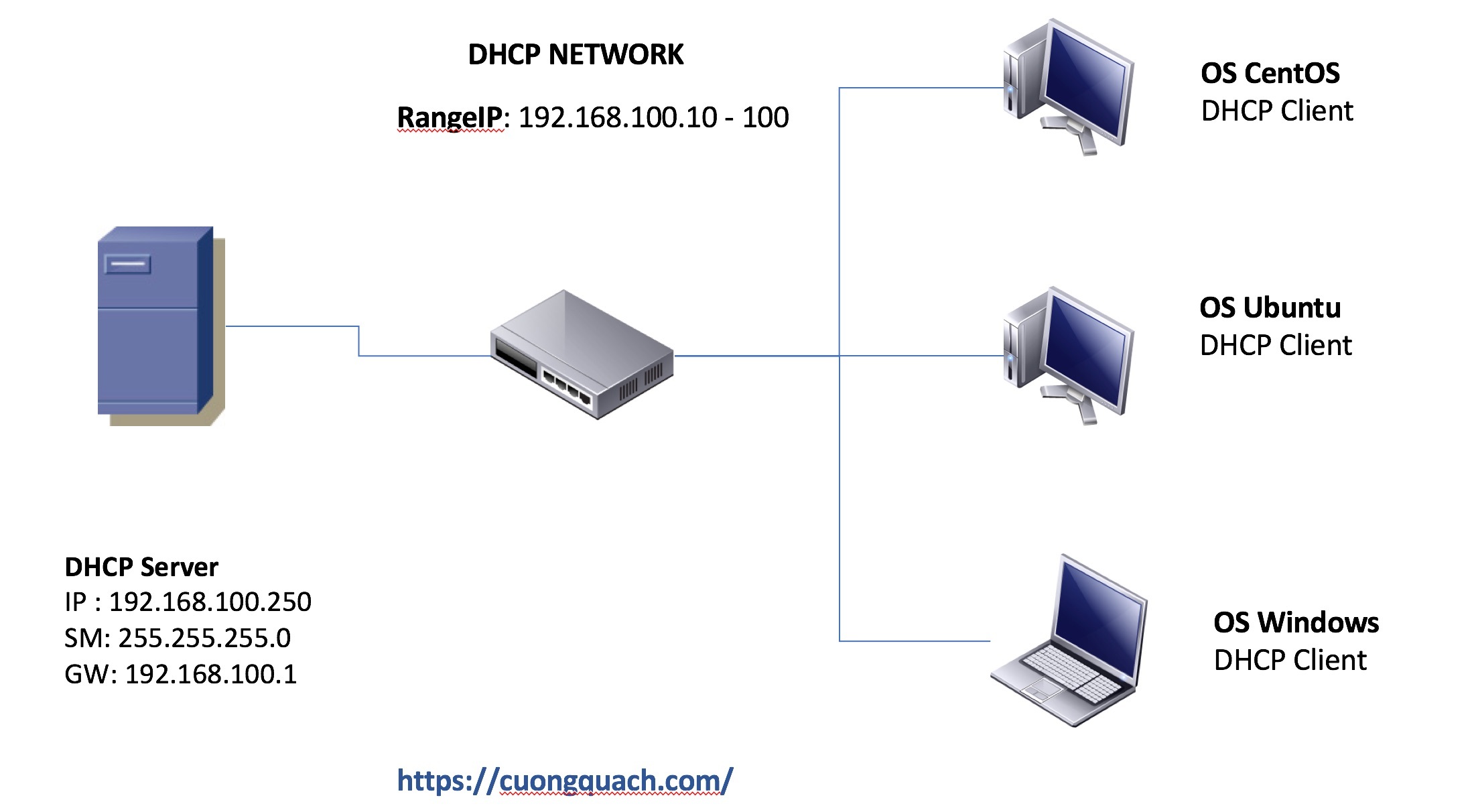
The objective of this study was to optimize the synthesis process of a SAcyl from commercial refined salmon oil and an EPA/DHA concentrate in order to enhance the positioning of EPA and DHA in the sn-2 location of the glycerol moiety. Therefore, the synthesis of structured acylglycerols (SAcyl), which include eicosapentaenoic acids (EPAs) or docosahexaenoic acids (DHAs) at the sn-2 position, has attracted a great interest.

The bioavailability of n-3 long-chain polyunsaturated fatty acids (n-3 LCPUFAs) has shown to be greatly influenced by their location in the triacylglycerol backbone. This new structural evidence suggests that conductive cytochrome polymers arose independently on more than one occasion from different ancestral multiheme proteins. A branched heme arrangement within OmcZ leads to a highly surface exposed heme in every subunit, which may account for the formation of conductive biofilm networks, and explain the higher measured conductivity of OmcZ filaments. In contrast to the linear heme chains in OmcS and OmcE from the same organism, the packing of hemes, heme:heme angles, and between-subunit heme coordination is quite different in OmcZ. We have now used cryo-EM to determine the structure of a third extracellular filament, formed from the Geobacter sulfurreducens octaheme cytochrome, OmcZ. Due to the highly conserved heme packing within the central OmcS and OmcE cores, and shared pattern of heme coordination between subunits, it has been suggested that these polymers have a common origin. Atomic structures exist for two such cytochrome filaments, formed from the hexaheme cytochrome OmcS and the tetraheme cytochrome OmcE. While early genetic and low-resolution structural observations suggested that extracellular conductive filaments on metal reducing organisms such as Geobacter were composed of Type IV pili, it has now been established that bacterial c -type cytochromes can polymerize to form extracellular filaments capable of long-range electron transport. This combination of bioactivities makes the fractions of this hydrolysate potential food ingredients with the possible ability to delay the lipid peroxidation of meat products, limiting the digestion of lipids in the product and also with the potential to delay the digestion of carbohydrates ingested in the same meal. LMMH, however, showed better results for α -glucosidase inhibition (IC50 = 0,94), in agreement with the in silico evaluation. Both high and low molecular mass fractions showed similar inhibitory activities against α -glucosidase and pancreatic lipase.

Unlike previous reports, the HMMH fraction showed higher antioxidant activity, by all 5 in vitro methods applied, which was not accompanied by the in silico evaluation. Sixty-nine peptides were identified in the HMMH fraction and 32 in LMMH, but only 16 matched the 118 sequences obtained by in silico simulated hydrolysis. The antioxidant and the inhibitory α -glucosidase and lipase potentials were evaluated by different in vitro tests. To obtain a thorough identification of the peptides in the hydrolysate, different analysis methods and bioinformatics techniques were applied, covering a molecular mass range from more than 480 Da up to small dipeptides. The peptides were separated by ultrafiltration ( 3 kDa, LMMH (low molecular mass) and HMMH (high molecular mass), respectively) and sequenced through LC-MS/MS. In this study, a protein hydrolysate from soybean protein concentrate was produced using papain.


Soybeans are a known source of dietary proteins and potential bioactive peptides. Thus it is highly useful for accelerating the structure confirmation and elucidation of cyclic as well as linear peptides and depsipeptides. It has been found to be superior to other currently available tools concerning both usability and annotation extensiveness.
#Mmass centos software#
The resulting software has been tested on several cyanobacterial and other naturally occurring peptides. This lack of advanced and user-friendly software tools has motivated us to extend the fragmentation module of a freely available open-source software, mMass (), to allow for cyclic peptide tandem mass spectra annotation and interpretation. They are thus not suitable for extensive mass spectrometric characterization of these compounds. Even though several software tools for cyclic peptide tandem mass spectra annotation have been published, these tools are still unable to annotate a majority of the signals observed in experimentally obtained mass spectra. Their mass spectrometric characterization is difficult due to the predominant occurrence of non-proteinogenic monomers and the complex fragmentation patterns observed. Natural or synthetic cyclic peptides often possess pronounced bioactivity.


 0 kommentar(er)
0 kommentar(er)
